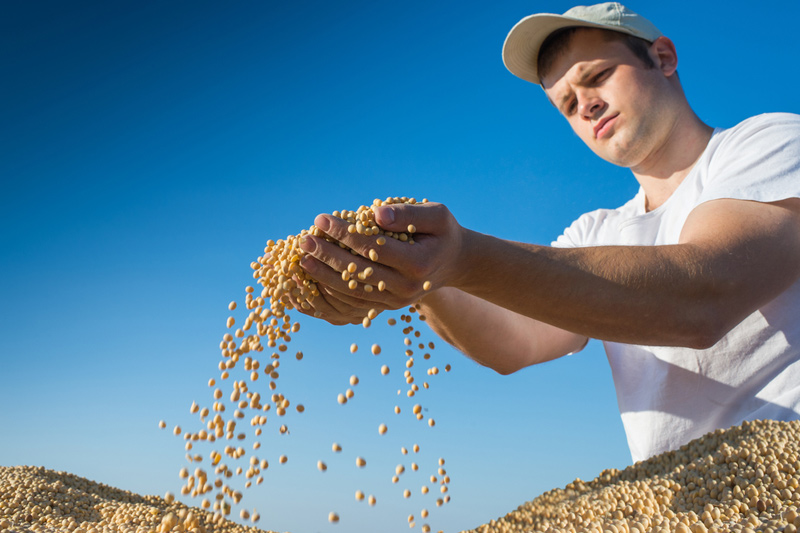(Repeats with no changes to text)
* Canadian red lentils fetch unusually high prices
* Bids to buy Canadian red lentils, yellow peas climb
* Aggressive Indian imports of pulses drive up global prices
* India seen importing 1 million T more of pulses in 2015/16
By Rod Nickel and Rajendra Jadhav
WINNIPEG, Manitoba/MUMBAI, Oct 14 (Reuters) - Prices for
Canadian pulses typically ease towards the end of the year but a
recent dry spell in distant India, the world's top producer and
consumer, is driving them up.
Back-to-back drought years for the first time in three
decades has eroded India's output of pulses and boosted imports.
Global prices of chickpeas, yellow peas and lentils have as a
result hit record highs in what is a windfall for farmers in
Canada, Australia, Russia, Myanmar and the United States.
Lee Moats, a western Canadian farmer, said he was selling
red lentils for 50 percent more than a year ago, and was holding
back crops in the hope that prices will climb higher.
"India is a very large pulse importer, and there is a
shortfall, and that's where Canada comes in," said Moats.
Canada is the top supplier of pulses to the Asian country,
which is expected to import 1 million tonnes more this year.
Bids to buy Canadian red lentils and yellow peas are far
higher than normal for this time of the year, typically a period
when prices ease with new supplies, said Chuck Penner, analyst
at LeftField Commodity Research in Winnipeg.
Prices should get a further boost with Canada's 2015 pea
output projected, by Statistics Canada, to drop 17 percent from
a year ago to 3.16 million tonnes. Exports from Aug. 1 to Oct. 4
rose 5 percent to 906,000 tonnes, data from the Canadian Grain
Commission shows.
"Things are going to get even tighter ... We are going to
have to hit the brakes hard in terms of what we can supply to
India," Penner said.
INDIAN APPETITE
Pulses are a key source of protein in India, which has been
struggling to increase its output to meet local demand.
Imports could rise to 5.5 million tonnes this year, said
Nitin Kalantri, a miller from the state of Maharashtra. This
would cost India $4.5 billion, versus the $2.6 billion it spent
to import 4.5 million tonnes in the year ended March, he added.
India, which consumes nearly 22 million tonnes of pulses
annually, sources yellow peas and lentils mainly from Canada and
the United States, chickpeas from Australia and Russia, and
green gram and pigeon peas from Myanmar.
This year, India suffered a poor summer harvest and there
are worries the drought will hit winter-sown chickpea after
growing regions received as much as 40 percent less rainfall.
Canadian farmers are likely to plant more pulses next
spring, assuming they will provide better returns than grains
and canola, said Darren Lemieux, head trader of Simpson Seeds, a
special crops processor and exporter in Saskatchewan.
($1 = 1.2984 Canadian dollars)
(Editing by Himani Sarkar)
